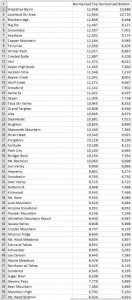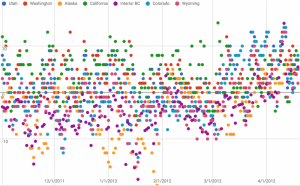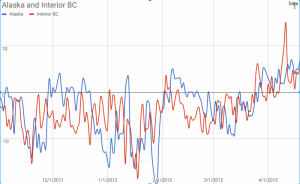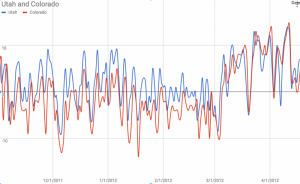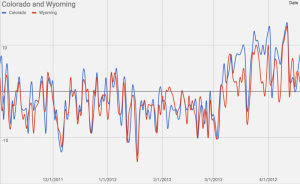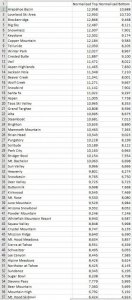Hmmm, I'll put Niseko's mid-season snow up against anyplace in terms of quantity & quality (tho granted the real pow season is fairly short).
The lifts top out at 1,200m (3,900'), the Sea of Japan is about 30km (20 miles) away, and the mountain is at about 43*N.
I think maybe there's a few more factors that need consideration.
The lifts top out at 1,200m (3,900'), the Sea of Japan is about 30km (20 miles) away, and the mountain is at about 43*N.
I think maybe there's a few more factors that need consideration.


